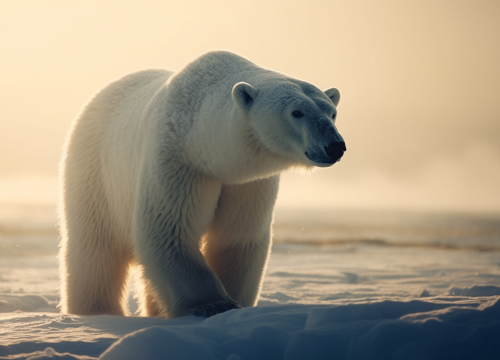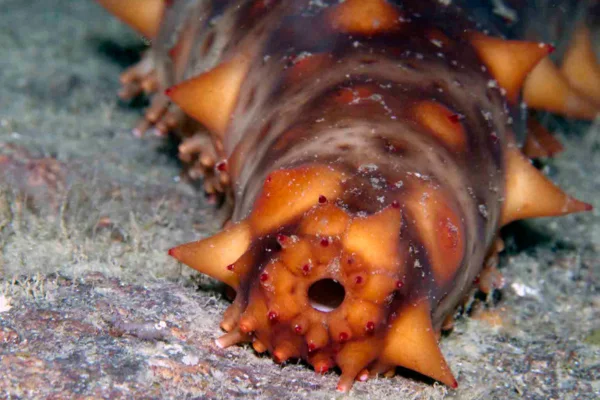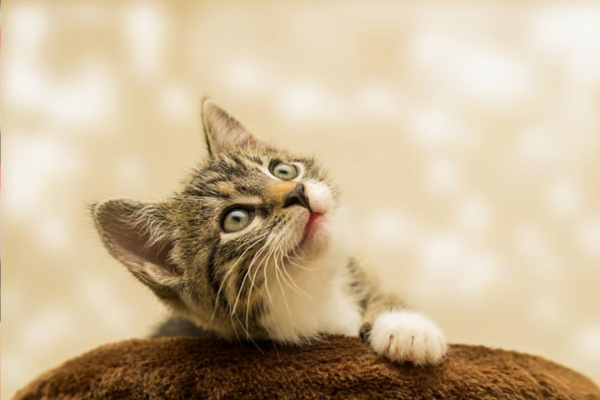Fascinating Curiosities about the Polar Bear: Getting to know the Giant of the Arctic
Polar bears, known as the "lords of the Arctic", are magnificent creatures that inhabit the vast icy regions of the North Pole. With their impressive size and unique adaptations to the Arctic environment, these majestic animals have fascinated and intrigued humans for generations. In this article, we'll explore some of the curiosities about the polar bear, revealing the secrets behind this iconic species.
1. Special Adaptations to the Arctic Environment
Polar bears are truly masters of survival in the Arctic. Their adaptations include:
- Coat thicknessThey have a layer of fat under their skin and a dense fur coat that protects them from the extreme cold.
- Paws clapped: Their wide, clawed paws work like snowshoes, providing traction on the ice and making swimming easier.
- Small nostrils and ears: Narrow nostrils and small ears help minimize heat loss.
- Swimming abilityThey are excellent swimmers and can travel long distances in the sea in search of food.
2. Specialized diet
Polar bears are carnivores and their diet consists mainly of seals and other marine animals. They hunt mainly on ice shelves, where seals rest and breed. These bears can lie in wait for hours near seals' breathing holes, waiting for the right moment to strike.
Contents
3. Large Size and Impressive Weight
Polar bears are the largest terrestrial carnivores in the world, with adult males weighing up to 700 kg and measuring more than 3 meters in length. This impressive size is essential for their survival in the Arctic environment, where they need to hunt large prey to meet their energy needs.
4. Social Behavior
Polar bears are usually solitary animals, but they can gather in groups when there is an abundant source of food, such as during the spring seal hunt. During mating, males and females meet temporarily for reproduction, but then go their separate ways.
5. Impact of Climate Change
Global warming and melting sea ice pose a significant threat to polar bears. With shrinking ice shelves, these animals face increasing challenges to hunt and find food. Reduced habitat and competition with other species could lead to a decline in polar bear populations in the future.
6. Cultural Importance and Symbolism
Polar bears have a special place in the culture and mythology of many indigenous peoples of the Arctic. They are often portrayed as symbols of strength, courage and wisdom. In addition, these animals have a unique appeal in popular culture and are often associated with the wild spirit and unspoiled beauty of the Arctic.
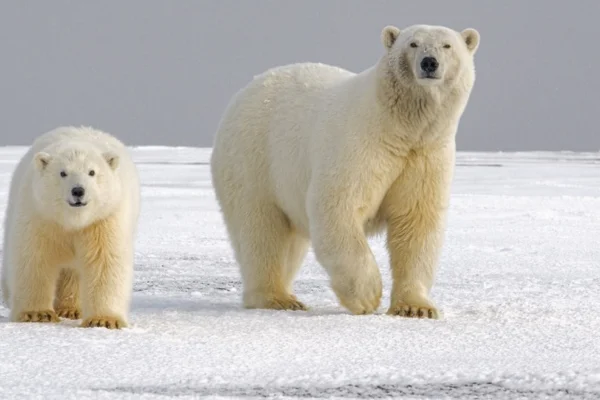
7. Conservation and Protection of Polar Bear
Due to the growing environmental threats faced by polar bears, conservation efforts have been implemented to protect these magnificent creatures and their habitat. This includes measures to reduce greenhouse gas emissions and preserve critical breeding and feeding areas for polar bears.
In short, polar bears are true wonders of nature, exceptionally adapted to the harsh Arctic environment. Their grandeur, strength and beauty continue to captivate and inspire people all over the world, while reminding us of the importance of protecting and preserving natural habitats to ensure their survival and that of other species.
8. Reproduction and Maternal Care
Polar bear reproduction takes place mainly between April and June, when the males compete for the attention of the females. After fertilization, the female builds a snow nest and gives birth in it, usually to one or two cubs. The females take great care of the cubs, nursing and protecting them until they are ready to face the harsh Arctic environment.
9. Adaptive Hibernation Polar Bear
While many animals hibernate during the winter months, polar bears have a unique type of hibernation known as "heterothermy". During periods of food shortage or extreme conditions, polar bears can reduce their metabolic activity and save energy, but they don't enter a state of deep sleep like other hibernating animals.
10. Communication and Vocalization
Polar bears use a variety of vocalizations and body gestures to communicate with each other. This includes roars, growls, grunts and even whistles. These vocalizations play an important role in social communication and in establishing hierarchies between individuals.
11. Longevity and Life Expectancy
Although life in the Arctic is challenging, polar bears can live quite a long time when they are not threatened by factors such as human hunting or food shortages. In captivity, polar bears can live up to 25 years, while in their natural habitat, life expectancy ranges from 15 to 18 years for males and up to 25 years for females.
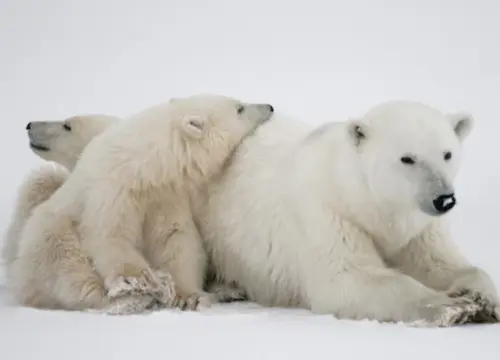
12. Hunting and Feeding Strategies
Hunting is a crucial part of life for polar bears, and they have developed various strategies for catching their prey. These include waiting patiently near seal breathing holes, ambushing their prey while it rests on the ice and even hunting seabirds and eggs when other food sources are scarce.
13. Cultural and Mythological Significance of Polar Bear
Polar bears play a significant role in the cultures of the indigenous peoples of the Arctic, and are often depicted in legends, stories and religious ceremonies. They are often seen as symbols of strength, wisdom and endurance, and play an important role in the mythology and spirituality of these communities.
14. Conservation and Preservation
Due to the growing threats facing polar bears, including the rapid melting of Arctic ice and habitat loss, conservation efforts are underway to protect these iconic species. This includes creating protected areas, implementing sustainable hunting regulations and raising public awareness about the challenges facing polar bears and their habitat.
Conclusion: Polar Bear
In short, polar bears are truly fascinating and impressive in many ways. Their adaptability to the extreme Arctic environment, their hunting and survival skills, and their cultural and ecological importance make them one of the most emblematic species on the planet. However, they are also vulnerable to the impacts of climate change and human interference, which makes our commitment to protecting and preserving these majestic animals and the unique environment in which they live all the more important.
Fascinating facts about the Polar Bear
Thanks for stopping by, check out our other work too
https://vettopbr.com/tosse-em-caes/

